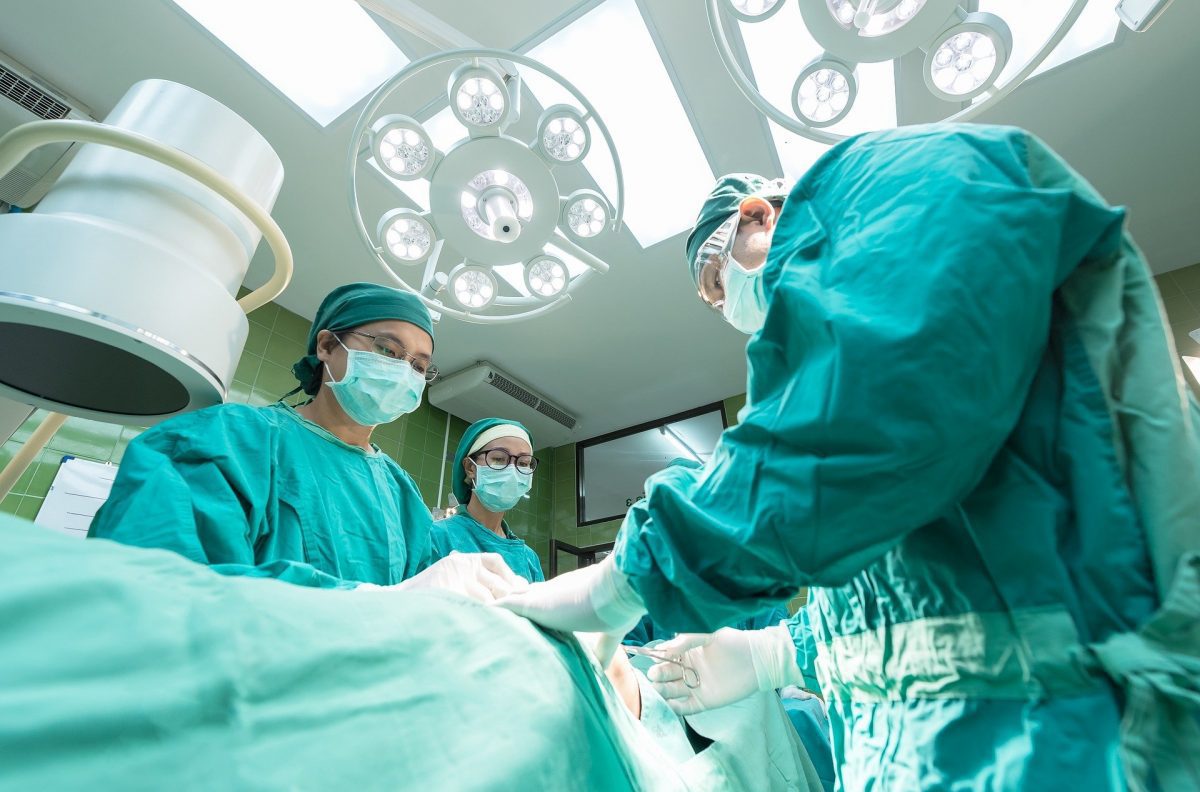Medical malpractice is an unfortunate reality that many patients face when they are in the hospital. The medical industry is an incredibly complex one, and mistakes happen all too often when different doctors on multiple patients simultaneously perform a combination of complicated procedures. In many cases, these issues directly affect the well-being or life of the said patient. Here is everything you need to know about medical malpractice.
What is Medical Malpractice?
Medical malpractice can be defined as a negligent act or omission by a doctor during the treatment of that patient. Just because something goes wrong does not necessarily mean negligence was involved, but it is important to understand what this entails.
Medical mistakes are very common in hospitals and clinics across the country due to doctors being overworked or under pressure to meet deadlines and quotas. As stated by the team behind Cain Law Office, it is important to seek compensation after a mistake has been made to ensure that you receive the care and treatment needed for any injuries sustained. Since medical malpractice cases are complicated, it is best to have a lawyer by your side for assistance.
Types of Medical Malpractices
Several different types of medical malpractice can occur in hospitals and clinics. The most common forms include the following:
- Misdiagnosis – The failure of a doctor to accurately diagnose an illness or condition can cause significant problems. This may result in delayed treatment, which often leads to the worsening of the patient’s health and even death.
- Wrongful Birth/Adoption – This occurs when a doctor fails to diagnose the pregnancy of their patient. If this results in an injury or disability, they may be held liable for medical malpractice.
- Failure to Diagnose Cancer – Many different types of cancers can be difficult to identify early on due to similar symptoms between various diseases and conditions. Doctors need to conduct accurate tests to determine the presence of cancer. If they fail to do so, it may be considered medical malpractice if the patient later dies or is diagnosed with a certain type of cancer.
- Medication Errors – When medications are prescribed for treatment, there is always a risk that an error will occur during the process. This can result in the wrong medications being given to a patient, incorrect doses of too high or low medication, and even allergic reactions.
- Surgical Errors – There is always an inherent risk with surgical procedures, as complications can occur at any moment during treatment. Some common types include leaving sponges inside patients after surgery and performing the wrong procedure on the patient.
- Hospital Negligence – There are many ways that hospitals can be negligent during treatment, often resulting in severe injuries or even fatalities. Some of the most common include failing to monitor patients after surgery properly and not having enough staff on duty for emergencies.
How to Avoid Medical Malpractice
When it comes to avoiding medical malpractice, there is no guaranteed way for this. However, patient advocates recommend the following tips:
- Research different doctors and facilities before undergoing treatment so you can find one that has a good reputation
- Try not to be admitted into an emergency room unless necessary as they tend to have less staff and resources compared to other facilities
- Ask questions if you feel as though the information given does not make sense or is confusing. This can help reduce errors that occur during surgery.
Ways to Get Compensation for Your Injury
There are many different ways to acquire compensation for any injuries sustained during medical malpractice. Although there is no guarantee of winning a case, it is important to seek out the following options if you think that one or more errors occurred:
- Go through your health insurance company as they may be able to compensate you depending on your coverage and policy
- File a civil lawsuit against the responsible party or parties. This will require strong evidence that malpractice occurred, which is why it may be best to seek legal assistance from an attorney who has experience in this field
- Contact your state government’s department of health if you think that there was negligence during treatment. They often investigate hospitals and other medical facilities for malpractice.
- Seek out a counselor or therapist if you find that the malpractice is causing significant mental health issues such as depression, anxiety, etc. This will often be covered by your insurance company, depending on your policy.
Who Can File a Claim for You
If you have a legal representative, they will be able to file a claim on your behalf. However, there are times when filing may not be necessary depending on the severity of injuries sustained and if compensation is being sought out for mental health issues such as depression or anxiety. In these instances, it is possible to go through an administrative process without legal representation.
Medical malpractice is a serious issue that can result in injuries and even fatalities. However, suppose you believe that errors occurred during treatment or surgery at any medical facility, including hospitals and emergency rooms. In that case, it may be possible to file a compensation claim, depending on the situation.



